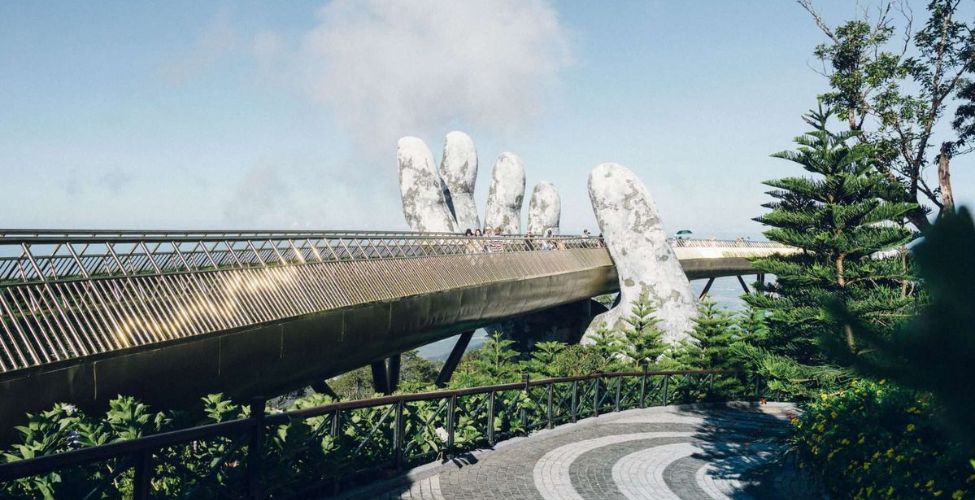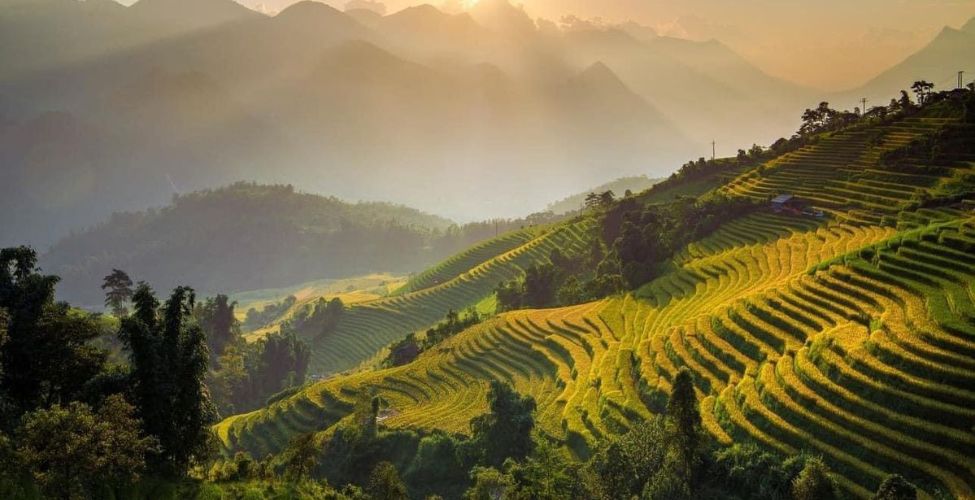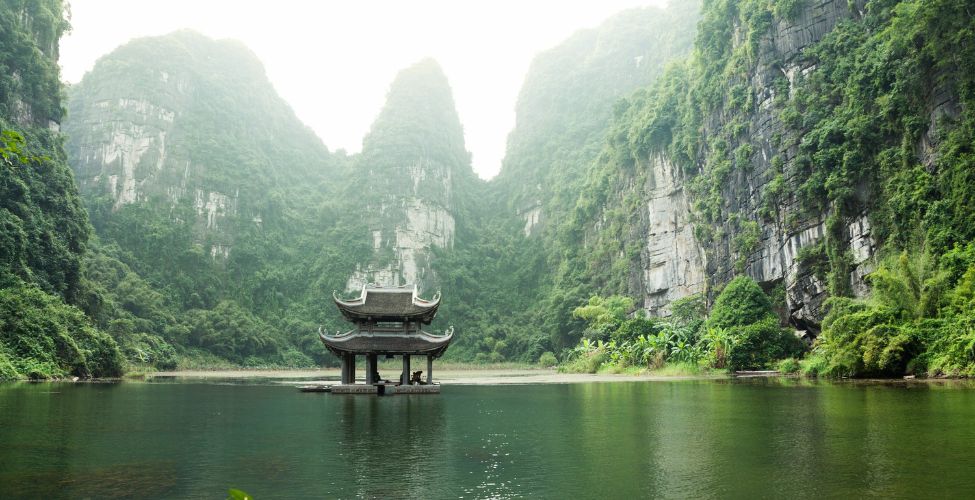
Vietnam Visa Types Explained: Choose the Right One for Your Trip
Vietnam had been on my bucket list for years. If Vietnam is also calling you this year; I am sure you have pictured yourself cruising through Ha Long Bay, tasting authentic pho on the streets of Hanoi and walking along lantern-lit alleys in Hoi An.
But, your journey will begin with the right Vietnam visa. As a traveler, I know how overwhelming it can feel to navigate Vietnam visa types from the popular Vietnam e-visa to multiple entry visas. Don’t worry; we have simplified it for you so you can focus on the real adventure. Our team at MusafirBaba began by answering the most basic question, “Do I need a Vietnam Visa?”
Can I get a Vietnam visa on arrival?

As an Indian citizen, you need a Vietnam visa before entering the country. Some nationalities do enjoy visa exemptions for short stays in Vietnam, but if you’re from India or most other Asian countries, you’ll need to apply in advance.
The good news is that the government has made the process easier with the introduction of the Vietnam e-visa, which saves a lot of time and paperwork compared to the traditional visa stamping.
Vietnam Visa Types You Should Know
Getting a Vietnam Visa is not too difficult, but it is the categories that confuse most people. In this blog, we have tried to break down the most important Vietnam visa types that you should ideally know about.
1. Vietnam E-Visa (Most Popular)
The Vietnam e-visa is the easiest and most convenient option for tourists. As the name suggests, you can apply for it online. Besides eliminating the need for long embassy visits, it also enjoys a shorter processing time.
· Stay duration: 30 days
· Entry Type: Single entry
· Best For: Short holidays and first-time travelers
I chose the e-visa for my Vietnam trip and received it within three to four working days. It felt like a breeze in comparison to the traditional stamping process.
2. Vietnam Visa for Tourists (Standard Tourist Visa)
If you’re planning to stay longer or have more flexibility, you should apply for the standard Vietnam visa for tourist purposes through an embassy or a travel agent.
· Stay Duration: Up to 90 days
· Entry Type: Available as both single-entry or multiple-entry visas
· Ideal For: Backpackers or travelers planning to explore Vietnam slowly over months
3. Vietnam Multiple-Entry Visa
If you want to hop between Vietnam and nearby countries like Cambodia or Thailand, the Vietnam multiple-entry visa is your safest choice.
· Stay Duration: 1 month to an year
· Entry Type: Multiple entries
· Best For: Digital nomads who need flexibility or travelers with various countries on mind
4. Business Visa
Although most tourists won’t need this, Vietnam also issues visas for business purposes. These can be short-term or long-term visas, depending on your work commitments.
How to Apply for a Vietnam Visa?

When I applied for my Vietnam visa, I realised the process is not as complicated as it first looks. Applying for a Vietnam visa from India is fairly straightforward. From filling out the Vietnam e-visa form online to preparing the right documents, here are the usual steps:
Step 1: Decide Your Visa Type
First, choose the right Vietnam visa category depending on your trip.
Step 2: Fill Out the Application Form
If you are applying online for the Vietnam e-visa, visit the official Vietnam Immigration website, complete the form with your details, upload a recent passport-size photo and scan your passport’s bio page.
OR
If you are planning a longer stay, you have to submit your documents (passport, photos, itinerary and financial proof) at the Vietnam Embassy in India or through an authorised agent.
Step 3: Pay the Visa Fee Online
The Vietnam visa fee varies depending on the visa type you choose. An e-Visa fee cost $25 for a single-entry visa and $50 for a multiple-entry visa. Remember to keep a copy of the payment confirmation for your records. We have given greater details in the Next section.
Step 4: Wait for Processing
Processing of a Vietnam visa for Indian citizens usually takes three to five working days for e-visas. You’ll receive your approved visa by email in a PDF format. Print a copy and carry it with you during travel.
Step 5: Present Documents on Arrival
At the immigration in Vietnam, you need to show your printed e-visa, passport and travel documents.
Although we don’t recommend it, but if you’ve applied for a visa on-arrival (via pre-approval letter), you also need to present the pre-approval letter on arrival at Vietnamese airports and pay the stamping fee at the airport.
How Much Does a Vietnam Visa Cost?

A single-entry Vietnam e-Visa costs around $25. Tourist Visa secure through the Embassy/agent costs between $40 and $80. Multiple-Entry Visa usually costs $70 and above, depending on the validity. The fee also depends on whether you apply directly or through a travel agency, which includes agents service fees.
Bonus Tips for Smooth Visa Approval
· You should always apply at least two to three weeks before your trip to avoid last-minute stress.
· Double-check your entry/exit dates because overstaying in Vietnam can lead to fines.
· If you are using the Vietnam e-visa, carry a printed copy along with your passport.
· For the Vietnam multiple-entry visa, plan your itinerary in advance to avoid re-application.
Why Sorting Your Visa Early Makes the Trip Better?
Having my Vietnam visa sorted before the trip gave me peace of mind to focus on the real experiences. Trust me, once you’ve ticked this off your list, Vietnam will open its doors to you with endless warmth, culture and unforgettable adventures.
If you still have any confusion with your Vietnam Visa type, you can ask our travel expert in the comments below.


